A step by step article I wrote for Sign Business Magazine in Denver, Colorado, USA in 2006. Explaining the lost art of Brilliant Cutting .Treble acid embossing White acid toning and silver-staining in kiln fired glass.
I have always been fascinated with early Victorian cut glass. It was always a technique I wanted to learn but because of the old-fashioned tools and decreasing number of stone wheels I never pursued my brilliant cutting ambition.
After my six-year apprenticeship as a sign writer, I would be out working on pubs and I would occasionally come across old cut and acid-toned Victorian panels of glass just as charming as the day they were made and installed. In pubs all over the British Isles, you cani still see the odd piece of cut glass still vibrant and attractive to the everyday customer.
In 2003 a friend phoned me from the city of Manchester to ask if I was interested in purchasing some original cutting wheels along with a cutting bench for them. So the next day, I was off to collect my stone wheels. As soon as I got them home, I was straight into practicing this old art form. It took me a couple of years to get some idea of what to achieve, but without any guidance and experienced help I really hadn’t a chance of moving forward and making finished pieces.
I was constantly on the phone to friends who had been brilliant cutting for over 30 years. James Witchell in England; Rich Samsuel in Santa Cruz, Calif.; and Stuart Norton in Newcastle, England gave me guidance and information on brilliant cutting.
I made various trips to see James in Stroud, Gloucestershire to see his country studio. The rest was practice and to find my own way to cut the many different effects that brilliant cutting has to offer.
Acid toning techniques are in many sign and glass related books that were given to me in my early sign writing years or that I have since purchased on eBay. Many of the old recipes were more reliable once I had the white acid base worked out, the rest of the tones were straightforward.
The early examples of embossing and brilliant cutting, which were around for some years were being made more available and less expensive due to glass prices being reduced around the turn of the century. Glass artisans at this time were getting more complex with design and competing against each other to achieve the most elaborate Victorian glass panels and signs. Embossing and brilliant cutting were the equivalent of sandblasted glass. Embossing, which was practiced in the early Victorian period in England, consisted of pouring a design into glass with diluted hydrofluoric acid. Brilliant cutting consisted of cutting a pattern into glass with a rotating stone wheel, usually made from carborundum stone, and then the cuts would be smoothed with polishing powders using a felt wheel.
Combining these techniques with sign work in my opinion creates the most decorative and rewarding effects in glass advertising today.
(Step-by-step photos)
Hand-drawn scrolls and flourishes were designed to plan where my cuts and acid tones would go. The red areas were put in to show the brilliant cut areas.
The glass is laid on top of the drawing and the design is drawn onto the glass with a white paint marker.
The design marked out for the cutting. Notice where the numbers in the center are cut.

Carborundum wheels rotating at 300 rmp. Here I have two wood blocks holding in the glass. They are supported by a connecting wire to a counterbalance. This ceiling counterbalance takes the weight of the glass panel, which helps when you’re holding a piece of glass all day.
Showing the cutting from another angle.
Hand held while cutting without the counter balance.
This stone is called a puntie wheel, which makes the cut round and convex. Showing the puntie wheel in action.
The panel showing the cuts and in the sling ready to be polished.
Pumex is a polishing material that is mixed with water and placed in a tray directly under a wood wheel. The wheel is made from MDF and shaped to the same profile as the carborundum cutting wheel. As the wheel rotates, it picks up the material and polishes the cuts to a clear finish.
Now the next polish is used. This time I use a felt wheel with the same shaped profile. The polish is called cerium oxide or Jeweler’s rouge. This final polish brings the cutting to a crystal clear finish.
The cuts polished and ready for the next treatment.
With all the cuts finished and polished I decided to color some of the cutting with a material called silverstain. This material is a powder and when mixed with white vinegar becomes a thin paint. This is weighed on a palm scale. There are two different color stains; one is amber and the other is yellow. This technique was used on stained glass windows; it was also used extensively on Victorian windows and pub windows throughout England from around 1880. Both are weighed and mixed with white vinegar.
I mask out the cuts with a low tack paint mask. I then clean the cuts and spray the silverstain into the cutting until a thick layer is achieved.
Showing a close-up of the finish.
Some of the punties also received a silverstain treatment.
Silverstaining into cuts.
Once the staining is dry, which takes about five minutes, I remove the mask.
You need to remove any traces of loose silverstain from the glass area surrounding the cuts with a soft badger brush.
The area around the letters is cleaned. This is now ready to place in the kiln.
In the kiln.
Once in the kiln the kiln door is shut and I proceed to enter the times for firing the silverstain formula as follows: Segment 1: 556 degrees per hour; temp at 566 degrees (F); hold it here for 10 minutes; Segment 2: full speed (999) per hour; temp at 520 degrees; hold it here for 30 minutes; Segment 3: 150 per hour; temp at 25 degrees hold time (passi) no minutes. Segment 4: End.
With the firing complete, I start to wipe off the brown sediment left on the top of the silverstained cuts. I wipe this away with water.
The paint is removed, revealing the translucent golden finish.

All the cuts are now covered in clear including the gold stained cuts. All the puntie cuts are covered in blacki vinyl, which was cut on a plotter at different diameter sizes to match the punties. The front of the glass is also protected with vinyl.
With all the cutting protected I mix water to acid at a ratio of 12:1. This is used as a pre-wash for the white acid to sit on. Without this the white acid coat would be very patchy and would not take to the glass correctly.
This shows the acid mixture ready for use. My mix consists of: 1 liter 60% hydrofluoric acid; add 100ml fluorosilcic acid; add all this to 2 1/2 kg sodium carbonate carefully and slowly. Leave it overnight then add two or three liters of water.
I pour the white acid into a bucket for easier pouring.
The glass panel is brushed with the 12:1 prewash mix, which is left on for 30 seconds. I then carefully pour the white acid into the corner of my plastic tray. As I pour, the acid flows over the glass like a wave covering the glass in one go without stopping. If the acid is left to pause on the glass there will be a mark left, same goes if you cause splashing.
The acid is left on the glass to work for one and a half hours. I then stand the glass panel upright to scrape the acid.
The rest of the acid is quickly removed and poured back into the bucket for other projects. This can be used again and again.
Now the panel is left to soak in clean water for up to two hours. This will dissolve the acid scum left on the glass. The scum is hard to see but once the dissolving starts it comes away in flakes like ice on a car window.
The glass is now cleaned and all the vinyl is removed. I now cover the glass in clear vinyl once more. With the design under the glass I proceed to cut around the brilliant cutting, leaving a 16th of an inch around all the cuts. This will leave a tone of white acid around all the cuts once the next application of acid has finished its job.
I took a photo of the full size drawing and brought the image into Photoshop. Here I dropped the opacity and vectored the separate scrolls. This image shows the vectored images at full size and cut out on a plotter along with all the puntie masks that are cut slightly bigger to allow for a white tone around each puntie.
The separated cut images made on the computer, which saved me a lot of time hand cutting.
Puntie masks.
This image shows all the flourishes and scrolls applied to the glass, ready for the first acid tone.
A close up of the masking out.
The first tone of acid is poured using an acid mix of one part acid to three parts water. The acid is left on the glass for 25 minutes.
The areas are rinsed and dried.
This shows the first tone complete. There are now two tones at this stage.
I now remove the pre-cut centers of the scrolls ready to expose these parts to their first tone of acid. The other areas already toned will now receive a second tone. This will make the first tone look lighter against this next tone, which will now look a shade darker. This final etch makes the third tone. You can have up to six or more tones if the times are worked out and tested. It looks great on scenes/flowers and birds, etc.
Now with all the acid tones complete I strip off the vinyl to reveal the completed work.
A close up of detail on the piece.
I restored the frames and fitted the glass into them.
Another angled shot of detail acid toning
The landlord Stephen John Goss approving the work and proud of his Victorian pub.
An array of light from within the pub.




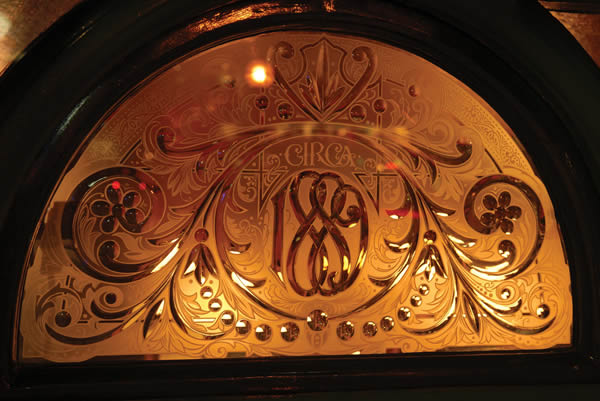











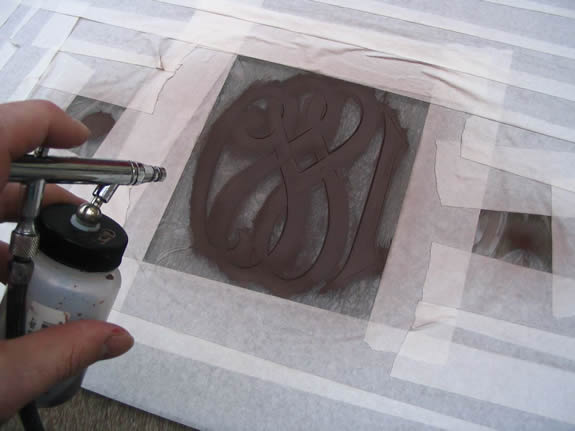






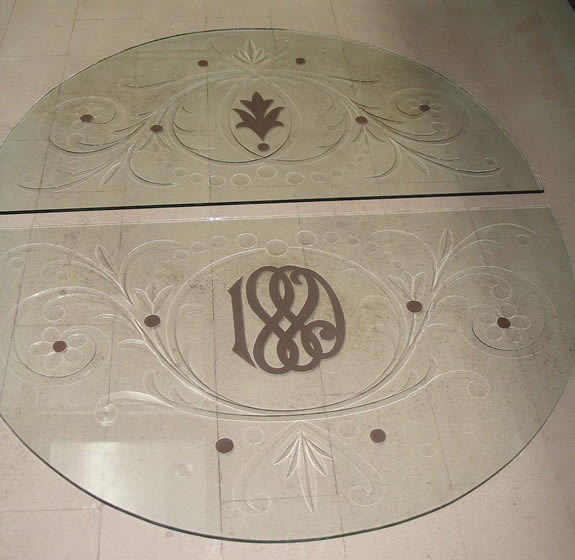


























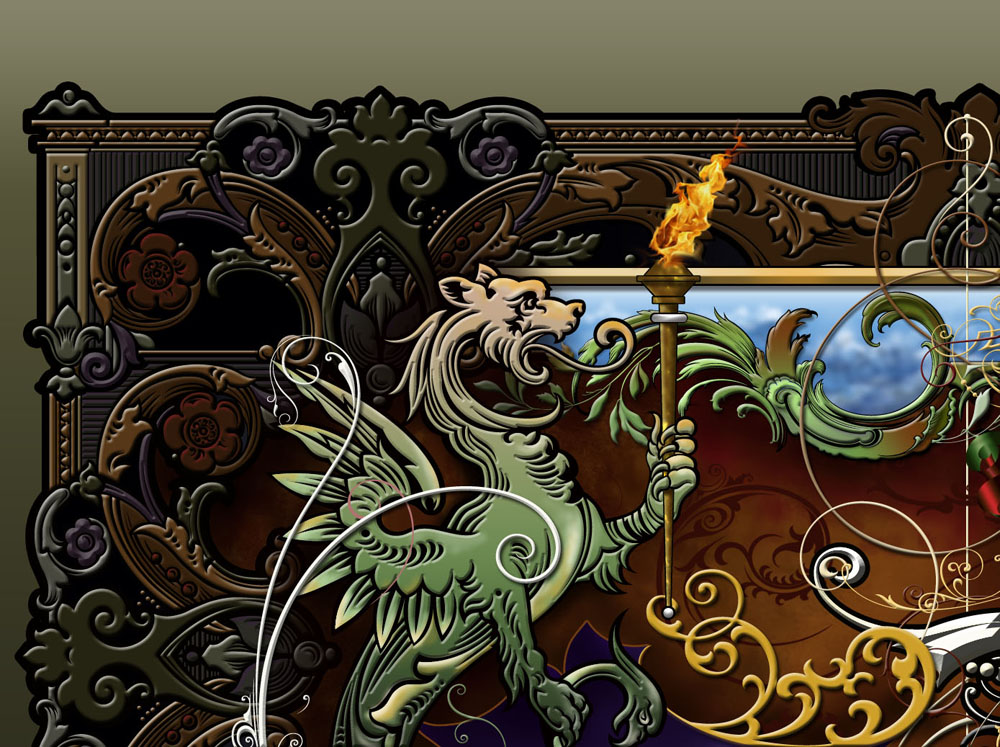
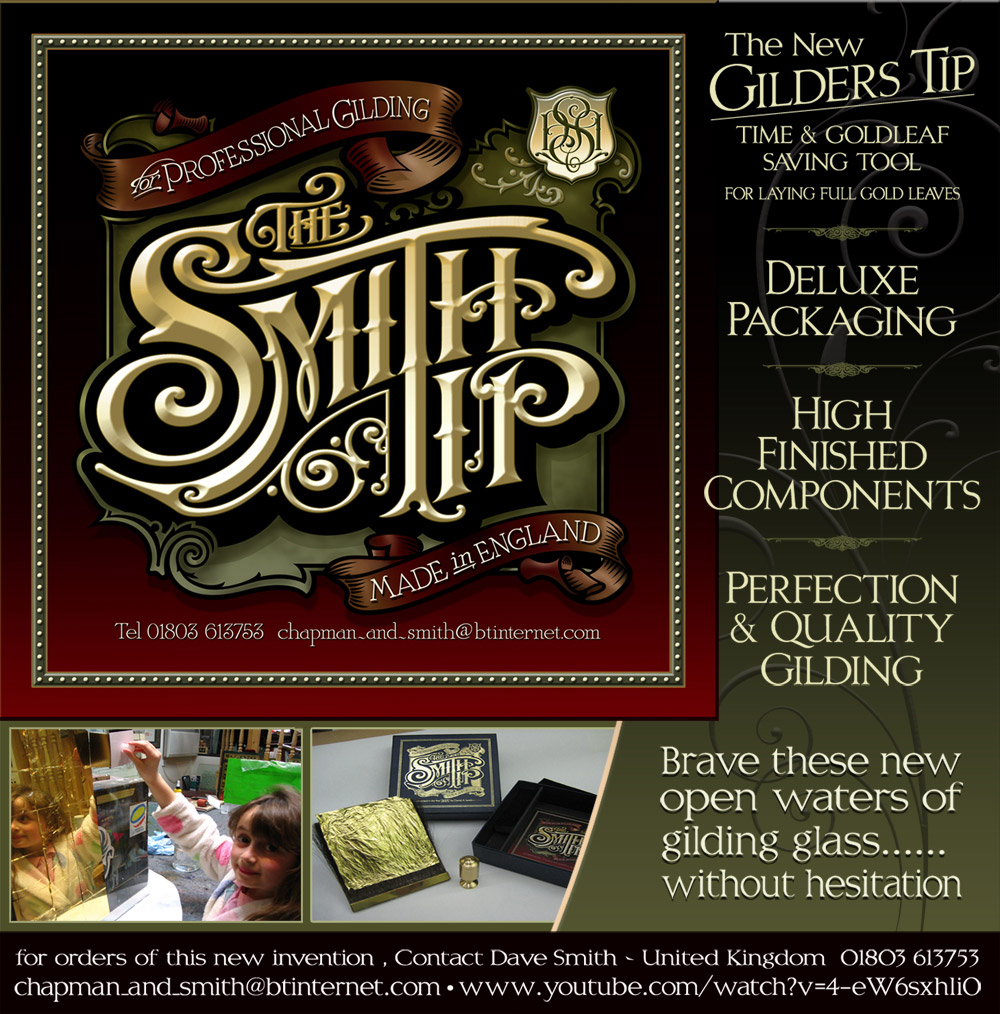
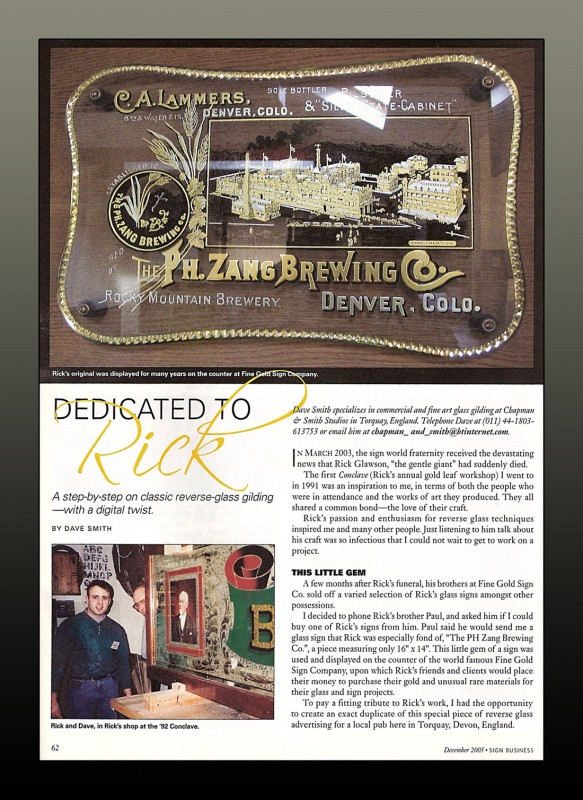

Romeo Hoenig
I’ve read some good stuff here. Definitely worth bookmarking for revisiting.
Thomasina Prochazka
Thanks for the tip!
I am going to add your blog to my list!
Fenster
thanks, I loved the part with the glass ;).. excellent
Dana Adams
Fabulous work! Loved that you showed how you went about making this beautiful thing.
Dave
Hey thanks for the comments and visiting the site.
Dave
David Marsh
WOW! What a fantastic find. Your work is beautiful and it’s heartwarming to see a real craftsperson working in this day and age.
Anthony Bennett
Dave, Unfortunately I don’t think I will ever own a kiln.
Can silverstain be used without havng to fire it in a kiln please?
Doug Lovison
Excellent workmanship!!!
I went to school when I was 19 in 1974 at Pasadena City College and studied sign writing in a class called sign arts. It was a 4 year class which taught hand sign lettering to gold leafing.
I went on to start my own sign company where we manufactured revers screen printing advertising mirrors for the liquor industry. I have must of made over 1 million mirrors over my career.
I grew the company to over 375 employees and sold the company in 1995.
Your workmanship is the best I have seen. And I have seen many sign artist in my time. Your attention to detail & style is amazing.
It would be great to collaborate someday.
Aarron Roberts
Simply fantastic work. Please post more!
Dave Smith
Hi Dave.
Thanks for the comments .
You make some pretty neat logos yourself…. Nice work mate
Dave
Inga
This may be considered a craft (above), but I consider Dave an artist.
Lovely, lovely.
~Inga
Syd Salmon
Your work is absolutely beautiful and inspiring. The details are stunning.
Michael King
A fascinating explanation and a magnificent result. Congratulations.